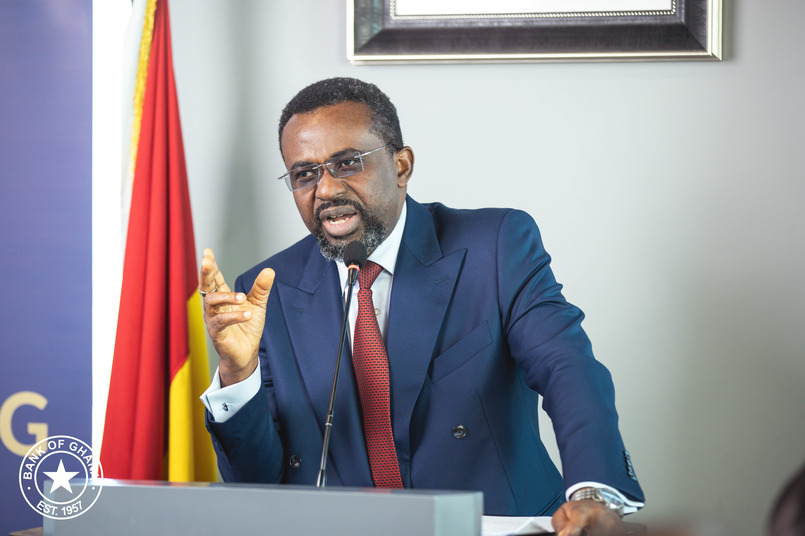Ghana’s central bank announced a 100 basis points (bps) hike in its benchmark lending rate to 28 percent to anchor the disinflation process late Friday.
Johnson Asiama, governor of the Bank of Ghana, announced this decision at a press briefing after the bank’s 123rd Monetary Policy Committee (MPC) meeting.
This decision came after the MPC paused the rate at 27 percent since September after reducing it from 29 percent, and Asiama said the hike was necessary due to high external and internal inflationary pressures.
The governor added that despite the marginal decline in the rate to 23.1 percent in February, inflation remains a concern as food and non-food inflation were significantly above expectations, and core inflation remains high.
“The persistent inflation dynamics over the past year, partly driven by both fiscal and monetary policy missteps, will require a policy reset to reanchor the disinflation process,” the governor stated.
Going forward, he said, a tight monetary policy stance, strong liquidity management, and commitment to the 2025 budget, which seeks to reset the fiscal consolidation process, would be implemented to restore price stability.
“Under the circumstances, the MPC, by a majority decision, raised the Monetary Policy Rate by 100 basis points to 28 percent to reanchor the disinflation process,” Asiama announced.
Moreover, the governor also announced further measures, including the introduction of a 273-day instrument to support existing measures, reviewing the cash reserve ratio of commercial banks, and ensuring that banks comply with foreign exchange market rules.
“As inflation becomes firmly anchored, the committee will reassess the scope for a gradual easing in the policy stance,” he added.
The government has set an end-year inflation target of 11. 9 percent for the 2025 fiscal year.
The West African cocoa, crude oil, and gold-exporting nation has been implementing reforms since May 2023 with the support of a 3-billion-dollar loan from the International Monetary Fund to cure structural deficiencies and debt overhangs crippling the economy.

